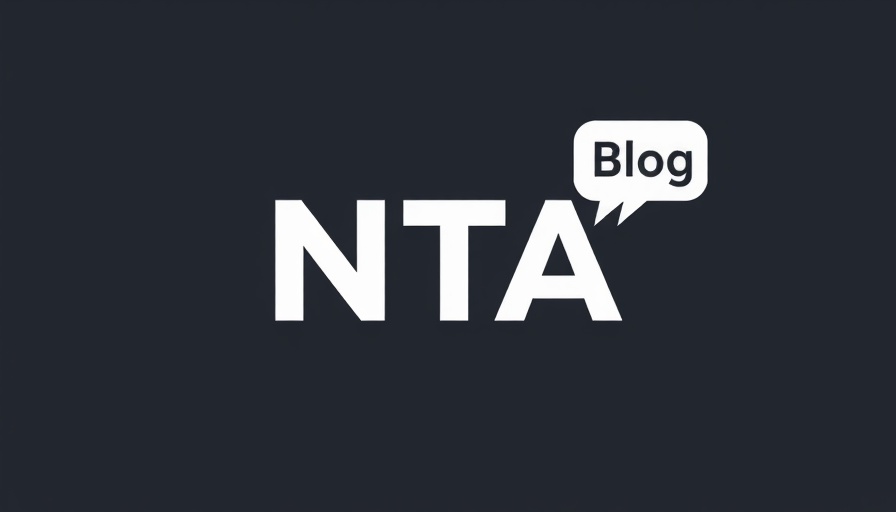
Understanding Your Rights Post-Disaster
Disasters affect many lives annually, and the federal government ensures help is available to those impacted. After a federally declared disaster, the IRS offers crucial tax relief for those who have suffered losses, whether from wildfires, floods, or hurricanes. Under the federal law, specifically the Robert T. Stafford Disaster Relief and Emergency Assistance Act, individuals and businesses can receive support that helps alleviate some financial burdens during recovery.
Eligibility for Tax Relief
Taxpayers with an address in the disaster-affected area automatically qualify for the tax relief, as the IRS initiates the process without requiring any action. However, individuals moving to the area or those who have tax records within the disaster zone can self-identify by reaching out to the IRS disaster hotline at 1-866-562-5227. This hotline not only assists residents but also volunteers aiding relief efforts, making it an essential resource post-disaster.
Available Resources for Affected Taxpayers
The IRS’s disaster announcement is coupled with the postponement of various tax filing and payment deadlines, including federal forms like the 1040, quarterly payroll taxes, and partnership returns. By examining the official IRS website, taxpayers can find specific details about the relief available for their state or county. Those who have received penalty notices during the postponement period are encouraged to contact the IRS to have these penalties waived.
Claiming Casualty Loss Deductions
Taxpayers who experience loss or damage due to a federally declared disaster might be eligible for a casualty loss deduction, which can be claimed on their tax return. This deduction could lead to a larger tax refund, offering some financial relief amid recovery efforts. To expedite this process, affected individuals should consider filing their tax claim promptly to take advantage of the benefits available.
Support Networks and Community Resilience
As seen in the aftermath of natural disasters, community support plays a vital role in recovery. Individuals are encouraged to connect with local organizations and mutual aid groups to access further resources and assistance. Whether it's getting help to navigate tax relief or physical support for rebuilding efforts, communities often emerge more resilient and united in the face of adversity.
For taxpayers affected by recent disasters, it’s essential to stay informed about the options available for tax relief. Check the IRS disaster assistance page and consider reaching out to community services to coordinate your recovery efforts. Together, we can rebuild stronger and cultivate a sense of hope.
 Add Row
Add Row  Add
Add 




Write A Comment